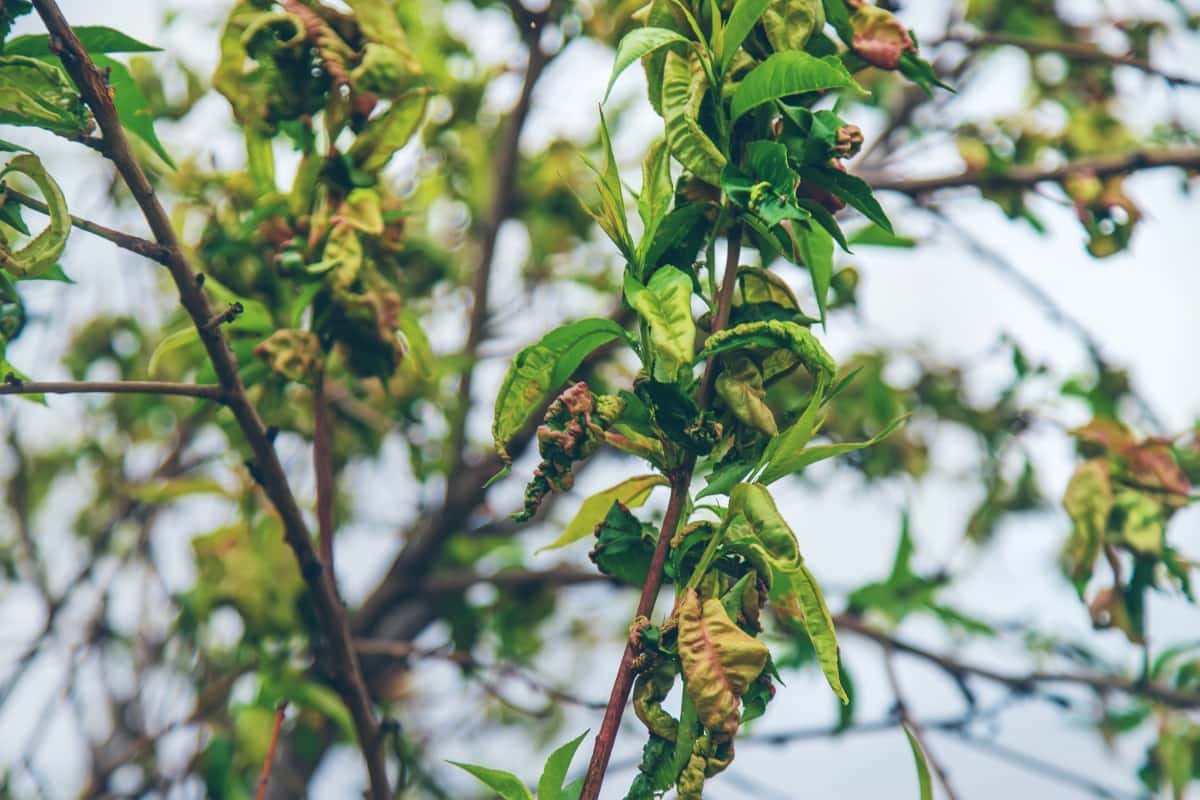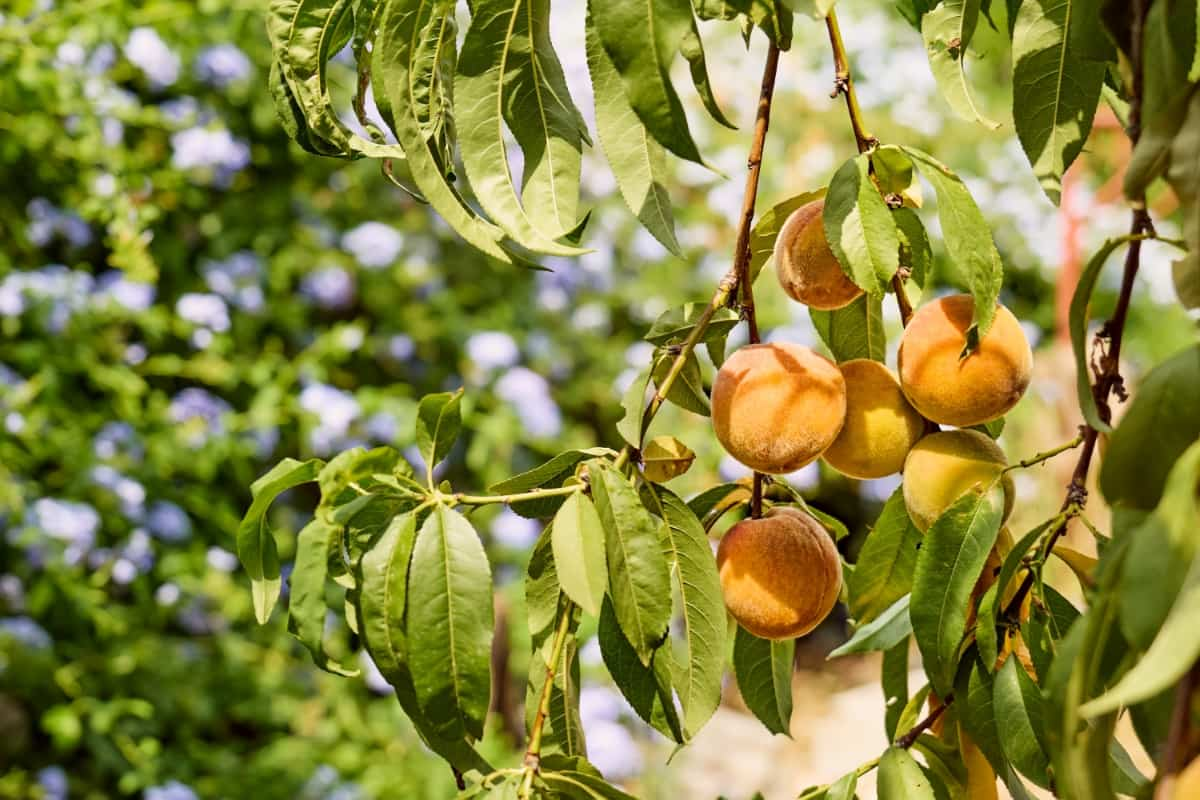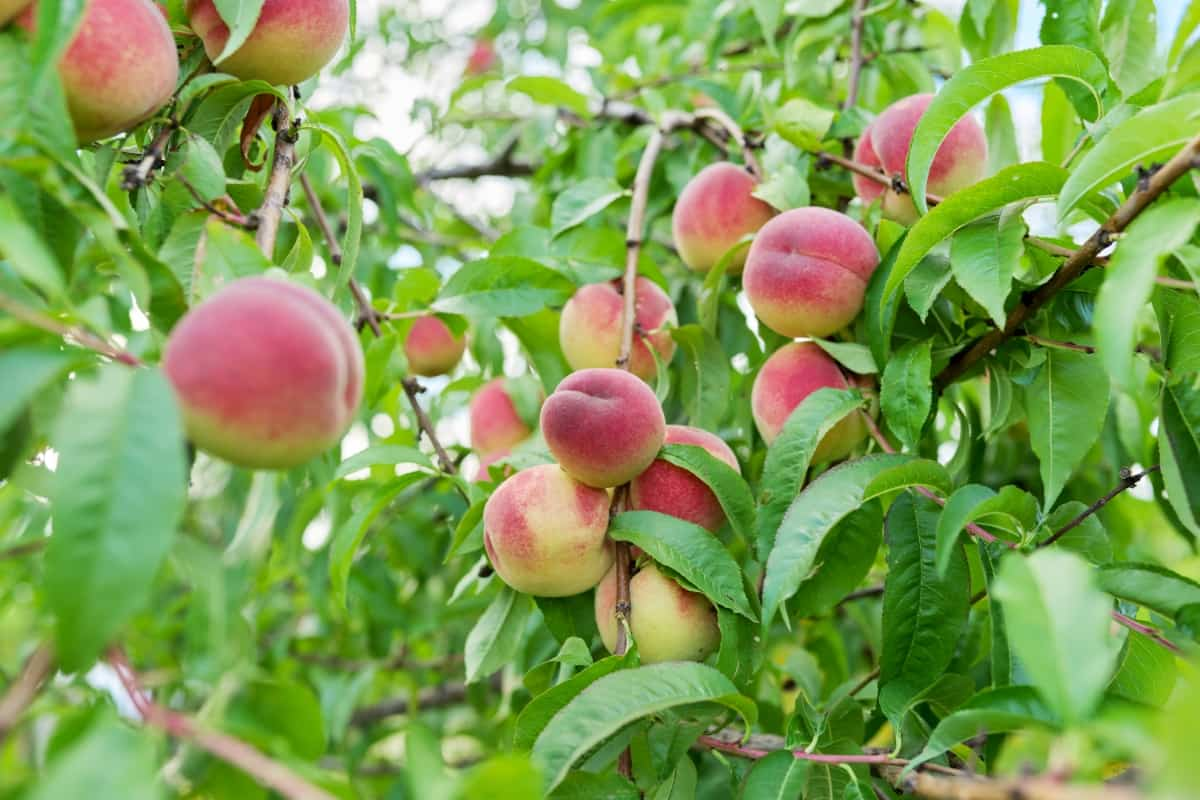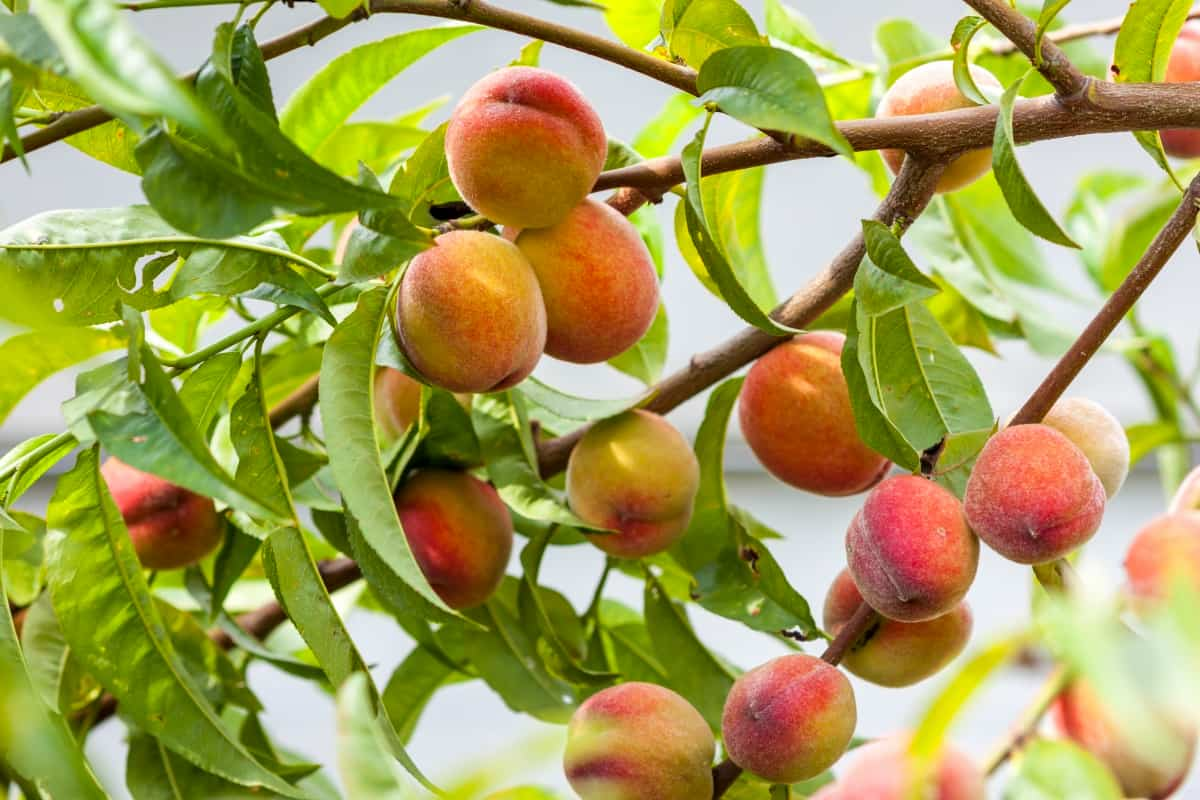Peach tree leaf yellowing is a common concern for gardeners and orchard owners, signaling potential health issues needing immediate attention. Treating yellow leaves on peach trees involves a comprehensive approach, including nutrient management, optimizing watering, ensuring adequate sun, controlling pests, and disease prevention.

This guide aims to provide peach tree leaf yellowing solutions, focusing on correcting yellow leaves in peach orchards through essential fertilization, strategic pruning, addressing soil issues, combatting environmental stress, and restoring health to yellow leaf peach trees. Proactive care, organic methods, early detection of illnesses, and seasonal strategies are crucial in maintaining peach tree vitality and preventing leaf yellowing.
Fixing Yellowing Leaves on Peach Trees
Understanding Yellowing Leaves on Peach Trees
Yellowing leaves on peach trees can be a distressing sign for growers, indicating underlying health issues that could affect the tree’s productivity and longevity. Common causes of yellow leaves include nutrient deficiencies, improper watering, lack of sunlight, pest infestations, and diseases.
Comprehensive peach tree revival strategies involve diagnosing the specific cause of the yellowing and addressing it with targeted treatments such as adjusting watering practices, ensuring the tree receives adequate sunlight, and implementing pest and disease control measures. Early detection of peach tree illnesses and proactive care are key to preventing yellowing and maintaining the tree’s overall health.
Common Causes of Yellow Leaves
The common causes of yellow leaves on peach trees range from environmental stressors to biological factors. Nutrient deficiencies, particularly a lack of essential elements like nitrogen, iron, or magnesium, can lead to the yellowing of leaves. Excessive or insufficient watering can induce stress on the tree, leading to premature yellowing and leaf shedding.
Pests such as aphids, mites, and borers, and diseases like leaf curl and root rot, can further exacerbate the problem by damaging the tree’s ability to photosynthesize and absorb nutrients. Addressing these issues requires nutrient management for peach trees, optimizing watering for healthy growth, and implementing disease prevention and pest control strategies to protect the tree from further harm.
The Importance of Proper Soil Conditions
Proper soil conditions are paramount for preventing yellow leaves on peach trees and ensuring their overall health. Soil that is too compacted, poorly drained, or lacking in essential nutrients can contribute to yellowing leaves and other health problems in peach trees. Correcting soil issues involves testing the soil to determine its pH and nutrient levels, then amending it with organic matter, compost, or specific fertilizers to improve its structure, fertility, and drainage.
Ensuring adequate sun for peach trees is also crucial, as sunlight plays a vital role in photosynthesis and the tree’s overall energy production. Strategic pruning can help improve sunlight penetration and air circulation within the canopy, promoting healthy growth and reducing disease risk.
In case you missed it: How to Prevent Peach Leaf Curl: Causes, Identification, Symptoms, and Treatment

Effective Watering Techniques
Effective watering techniques are critical in maintaining the health of peach trees and preventing yellow leaves. Both excessive watering and insufficient watering can result in stress and yellowing leaves for peach trees, which rely on a precise moisture balance for optimal growth. Optimizing watering for healthy peach trees involves establishing a regular schedule that considers the tree’s life stage, the season, and the local climate.
Young trees often need more regular watering to help their roots establish, whereas mature trees benefit from less frequent but deeper watering to nourish their deeper roots. Regularly assessing soil moisture and adapting irrigation techniques is essential for providing peach trees with the ideal water supply.
Sunlight Exposure and Peach Tree Health
Ensuring adequate sun for peach trees involves planting them in a location that receives full sun for at least six to eight hours daily. Trees shaded by buildings, fences, or other vegetation may require strategic pruning to remove obstructions and increase light penetration. Seasonal strategies for peach tree care should also consider the angle and intensity of sunlight throughout the year, making adjustments to maximize exposure and support the tree’s photosynthetic activity and energy production.
Pest and Disease Prevention
Preventing pests and diseases in peach trees is crucial for maintaining their health and avoiding the yellowing of leaves. Implementing integrated pest management strategies, such as monitoring for early signs of infestation, using organic methods for healthier peach trees, and applying biological or chemical controls as necessary, can help keep pest populations in check.
In case you missed it: How to Control Peach Pests Naturally: How to Get Rid of Them with Natural and Organic Treatment

Similarly, disease prevention in peach trees involves good sanitation in the orchard, removing diseased or dead plant material, and employing strategic pruning to improve air circulation. These measures, combined with ensuring adequate nutrition, watering, and sunlight, create an environment less conducive to pest and disease outbreaks, reducing the risk of yellowing leaves.
Pruning Strategies for Healthier Trees
Strategic pruning is essential for maintaining the health and vigor of peach trees, contributing to their ability to resist pests, diseases, and environmental stresses that can cause yellowing leaves. Pruning strategies for healthier trees involve removing dead or diseased wood, thinning out crowded branches to improve light penetration and air circulation, and shaping the tree to support robust growth and fruit production.
Seasonal pruning, done at the right time of year, can stimulate new growth, enhance fruit quality, and extend the tree’s lifespan, making it a critical component of comprehensive peach tree care.
Choosing and Applying the Right Fertilizer
A soil analysis offers crucial insights into the precise nutrient requirements of peach trees in a given orchard or garden. This informs the choice of fertilizer to rectify deficiencies effectively while preventing nutrient imbalances. Applying fertilizer at the appropriate times and in the correct amounts, according to the tree’s growth stage and the product’s instructions, supports optimal tree health and can help prevent or correct yellowing leaves caused by nutrient deficiencies.
Recovering Yellowing Peach Trees
Recovering yellowing peach trees involves a holistic approach that addresses the underlying causes of the yellowing, such as nutrient imbalances, water stress, pest infestations, or diseases. Comprehensive peach tree revival guide techniques may include adjusting watering practices, applying the necessary fertilizers to correct nutrient deficiencies, implementing pest and disease control measures, and pruning to improve the tree’s structure and health. With consistent and appropriate care, yellowing peach trees can often be restored to health, regaining their vibrant green foliage and continuing to produce high-quality fruit.
In case you missed it: 10 Reasons Why Coconut Palm Leaves Turning Yellow: Remedies and Recipes

Conclusion
Addressing yellowing leaves on peach trees requires a multifaceted approach encompassing proper nutrition, watering, exposure to sunlight, pest and disease, and strategic pruning. With diligent care and attention to these key aspects, peach trees can thrive, providing abundant fruit and adding beauty to the landscape.
- Beneficial Insects in Pest Management
- Natural Solutions for Pest Control in Flower Gardens
- Types of Fungicides Used in Agriculture
- Common Issues in the Fruit Development Stage of Pomegranate Farming
- Fruit Development Issues in Papaya: Easy Solutions and Treatment
- Soil-Borne Diseases and How to Protect Your Plants
- Practices to Prevent Disease Spread in the Garden
- From Wilted to Thriving: How to Treat Root Rot Naturally in Houseplants
- Natural Remedies to Cure Brown Spots on Fig Tree Leaves